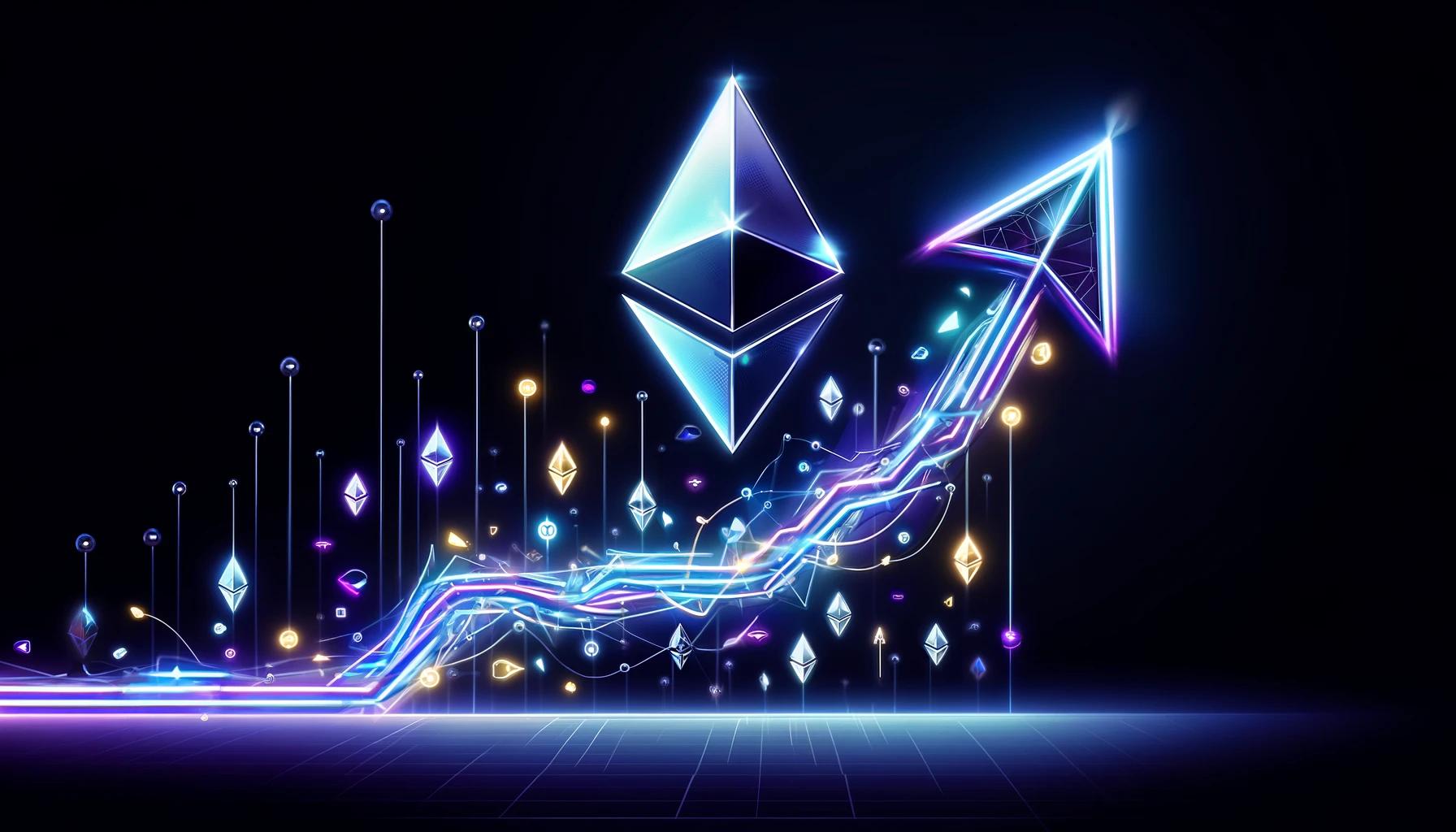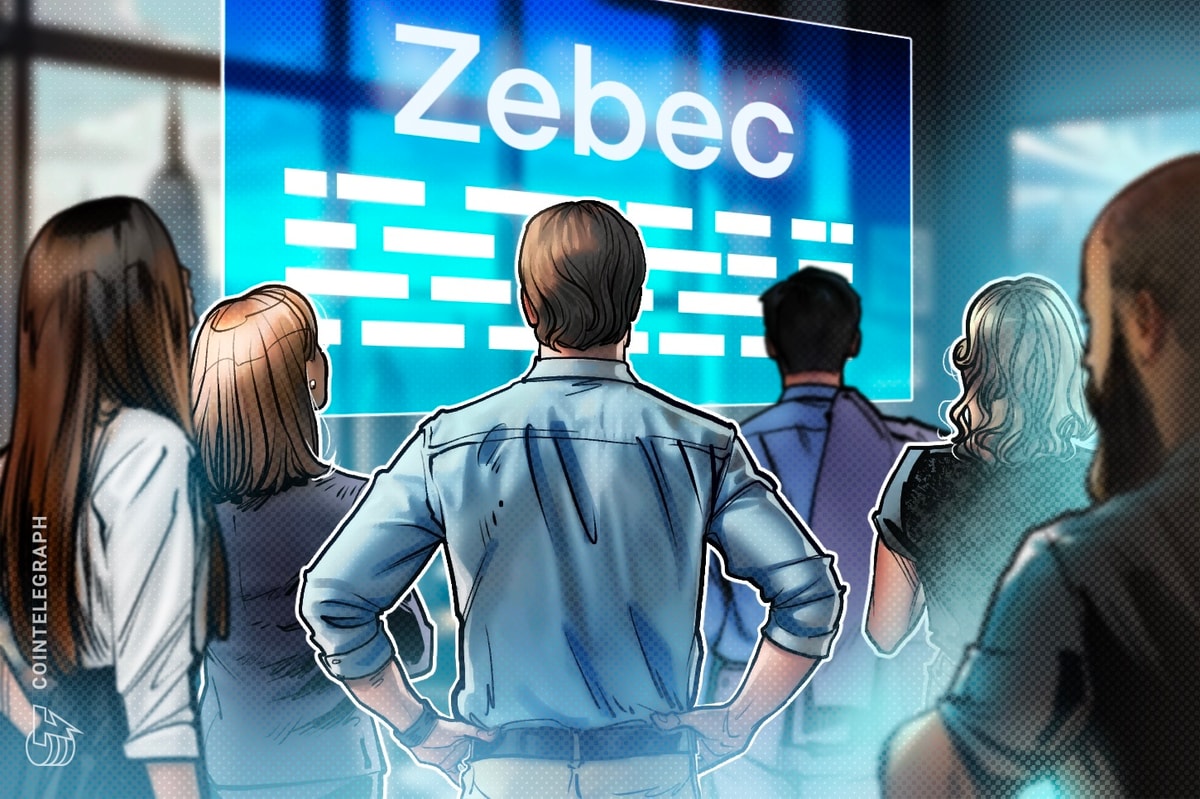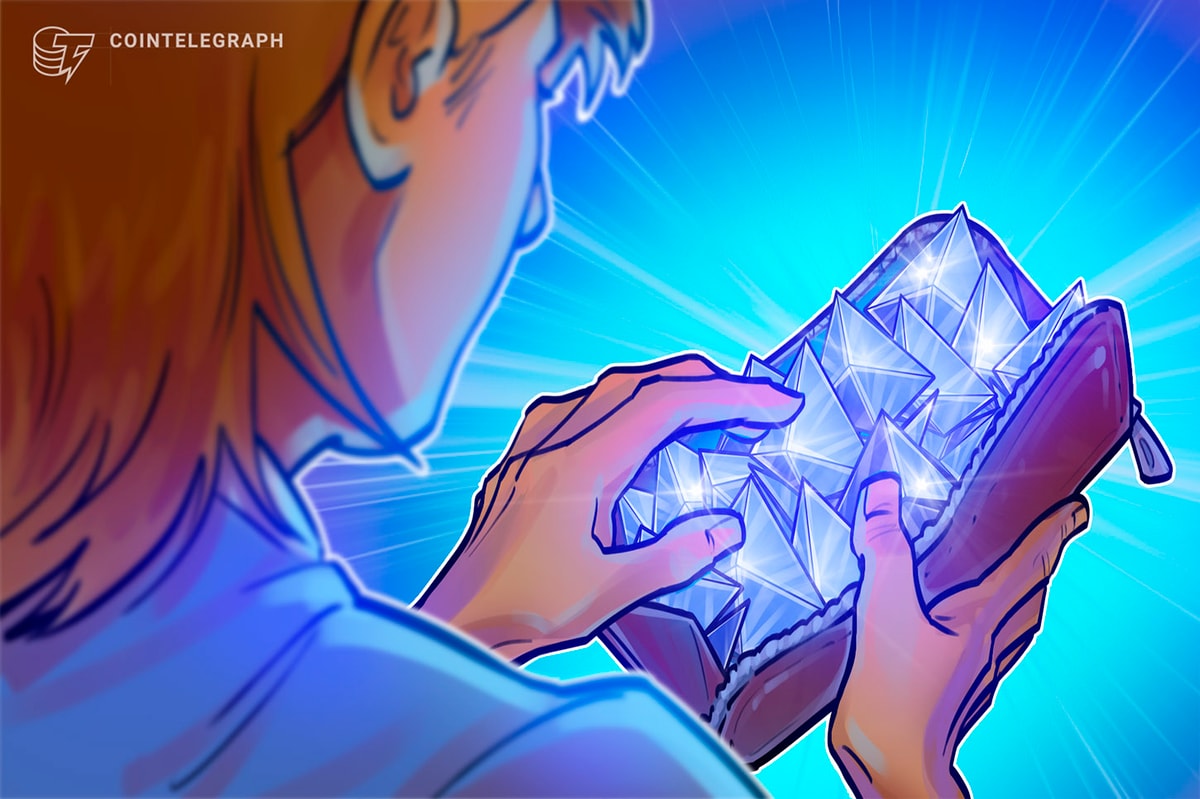Weekly active wallets have surpassed 10 million, driven by Base and Polygon.
The Ethereum ecosystem has been on a tear in 2024, enjoying near-vertical growth across wallet and weekly transaction metrics.
Active weekly wallets in the Ethereum ecosystem – which includes the mainnet and a number of Layer-2 networks including Polygon, Optimism and Arbitrum – surged past 10 million on April 8, the highest on record, according to a Dune dashboard.
Leading the wallet count is Polygon, with nearly 3.5 million active wallets in the past week, followed by Ethereum with 2.3 million and Arbitrum with 1.4 million. Coinbase’s Base is seeing escalating adoption thanks to its memecoin bonanza and sits in fourth place with 1.3 million weekly active wallets.

Ethereum’s token price has been lagging behind the overall uptrend in network activity. Unlike a number of other cryptocurrencies, including BTC, ETH has been unable to reach its previous all-time high, getting within 25% of that mark in mid-March.
The ETH/BTC trading pair recently hit a 3-year low, while other competing L1s – like Solana – have enjoyed a rising token price along with booming network activity.
According to Pat Doyle, a blockchain researcher at Amberdata, a data analytics crypto firm, the L2 landscape is “fragmenting liquidity,” while the memecoin frenzy is sucking up funds that might otherwise go to ETH.
He’s optimistic moving forward and rejects the idea that ETH’s price has struggled. “The entire market has suffered a pullback,” he said, adding that he expects memecoin traders to start rotating profits into Ether.
Weekly Transactions Spike
Weekly transactions have also been spiking, reaching an all-time high of 60 million across Ethereum’s six main networks since late February. Despite a small drop in early March, transactions have stayed above 60 million since March 11, showing that the activity is sustained.
The numbers for weekly transactions resemble those of active wallets but with some differences. Again, Polygon leads the pack by a wide margin with 27 million transactions in the past week, followed by Base with 15 million and Arbitrum with 10 million.
Ethereum, plagued with high transaction fees, has experienced a small spike in activity in recent weeks, but with a transaction count always below 10 million. Last week, users transacted 8.1 million times on the second-largest blockchain by market capitalization.

Technical Factors Are Driving The Activity
Doyle explained that the cost of L2 transactions dropped significantly thanks to the recent Ethereum EIP-4844 upgrade, dubbed protodanksharding.
Second, he added, is that wallet abstraction is making the onboarding process much easier for new users.
Doyle also pointed to what he called the “memecoin lottery” as another core component to the booming activity. “The reason is that there’s a low barrier to entry, and the ability to spin up [a memecoin] on a dex is pretty simple,” he said.
Base and Polygon
What’s interesting is that most ecosystems have maintained reasonably stable numbers except for two networks: Base and Polygon.
Coinbase’s Layer-2 network Base has been enjoying widespread success of late thanks to the memecoin frenzy that has taken over the network. It is also comfortably in second place among Layer 2s with $5.25 billion in total value locked (TVL) and is a member of the Optimism Superchain ecosystem.
Polygon Takes Top Spot
However, the largest winner, and by far the most used network is Polygon, despite its recent mass restructuring. Formerly known as Matic Network, it has been in recent headlines for its plethora of launches, integrations, and an ambitious roadmap.
Polygon’s Proof-of-Stake chain is the sixth largest chain by total value locked, holding over $950 million of assets. Its MATIC token is the largest Layer 2 token by market capitalization at $6.83 billion.
Nomura-backed Laser Digital unveiled a Polygon Institutional fund in late March, Astar launched a zkEVM that is interoperable with Polygon and Ethereum, and the Swiss city of Lugano integrated Polygon for tax payments, parking tickets and paying for public services.
Read More: thedefiant.io









 Bitcoin
Bitcoin  Ethereum
Ethereum  Tether
Tether  XRP
XRP  Solana
Solana  USDC
USDC  Dogecoin
Dogecoin  TRON
TRON  Cardano
Cardano  Lido Staked Ether
Lido Staked Ether  Wrapped Bitcoin
Wrapped Bitcoin  Hyperliquid
Hyperliquid  Wrapped stETH
Wrapped stETH  Sui
Sui  Chainlink
Chainlink  LEO Token
LEO Token  Stellar
Stellar  Avalanche
Avalanche  Bitcoin Cash
Bitcoin Cash  Toncoin
Toncoin  USDS
USDS  Shiba Inu
Shiba Inu  Hedera
Hedera  WETH
WETH  Litecoin
Litecoin  Wrapped eETH
Wrapped eETH  Binance Bridged USDT (BNB Smart Chain)
Binance Bridged USDT (BNB Smart Chain)  Ethena USDe
Ethena USDe  Polkadot
Polkadot  Monero
Monero  Bitget Token
Bitget Token  Pi Network
Pi Network  Coinbase Wrapped BTC
Coinbase Wrapped BTC  Pepe
Pepe  WhiteBIT Coin
WhiteBIT Coin  Aave
Aave  Uniswap
Uniswap  Dai
Dai  Ethena Staked USDe
Ethena Staked USDe  Bittensor
Bittensor  OKB
OKB  Cronos
Cronos  BlackRock USD Institutional Digital Liquidity Fund
BlackRock USD Institutional Digital Liquidity Fund  Aptos
Aptos  NEAR Protocol
NEAR Protocol  Jito Staked SOL
Jito Staked SOL  sUSDS
sUSDS  Internet Computer
Internet Computer  Ethereum Classic
Ethereum Classic